John Reed’s story of a lifetime ended with Kremlin burial
The Russian Revolution was the story of a lifetime for American journalist John Reed, one which ended when he was buried in the Kremlin.
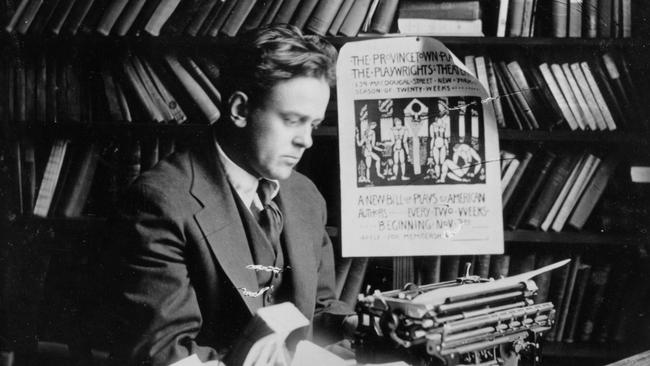
Today in History
Don't miss out on the headlines from Today in History. Followed categories will be added to My News.
Petrograd mothers and grandmothers who left their factory looms and kitchens a century ago to chant “We want bread!” and “End the war” on International Womens Day likely had no idea where their protest would end.
Even on the first day, witnesses wrote that 90,000 people joined the street marches that evolved into the February Revolution to overthrow Czar Nicholas II in March 1917.
American journalist John Reed had written about the bloody WWI chaos in western Europe before Russian workers unleashed civil chaos. Convinced “the story of a lifetime” was unfolding in Russia, Reed and his journalist wife Louise Bryant reached the northern city of Petrograd, now St Petersburg, on September 16, 1917, to witness the Bolshevik Revolution, with its promises of “Peace, Bread and Land”.
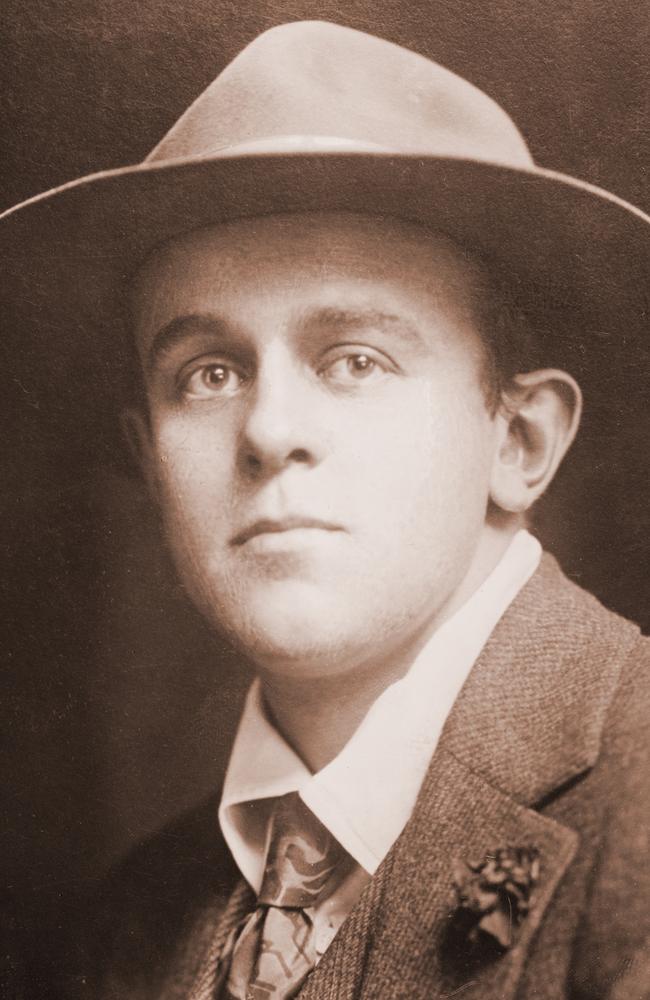
Reed’s account of the Russian Revolution became his story of a lifetime, recounted in 1919 as Ten Days That Changed The World. Played by Warren Beatty in the 1981 movie Reds, Reed was born in Portland, Oregon, 130 years ago on October 22, 1887 in his grandfather, coal gas industrialist Henry Dodge Green’s Cedar Hill mansion.
Reed’s father Charles was a US marshal. His socialite mother Margaret was protective of her eldest son, weakened by kidney troubles. First educated at home with younger brother Harry, at nine Reed was sent to Portland Academy, where he was a mediocre student but became familiar with poor neighbourhoods as he walked to school.
In 1904 he enrolled in Morristown, a college preparatory school in New Jersey where he became a popular rebel, writing short stories, poems and essays for the school magazine. His father was intent on both sons attending Harvard, but Reed failed his first attempt at the entry exam.
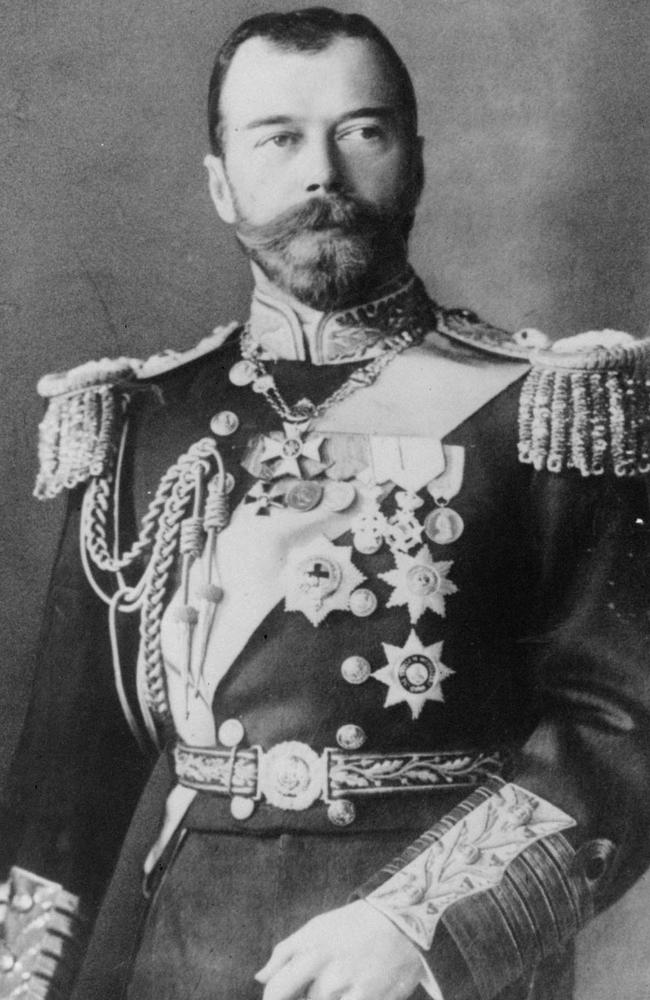
Accepted in autumn 1906, he attended Socialist Club meetings with his friend Walter Lippmann, but never joined as the club attacked the Harvard for failing to pay its servants living wages, and petitioned to establish a course in Socialism. Graduating in 1910, he worked his fare on a cattle boat to visit England, France, and Spain.
Back in New York to establish a journalistic career, he worked on Lincoln Steffens’ The American Magazine. Accounts of his European travels were published in The Saturday Evening Post, and later work was accepted by various periodicals.
Reed’s reporting took him to Lawrence, Massachusetts, where striking women and children who walked out of textile mills were helped by the Socialist Party and IWW (Industrial Workers of the World). IWW leader Bill Haywood told him of police clubbing 25,000 striking silk workers, who wanted an eight-hour day, across the Hudson River in Paterson, where Reed was arrested after speaking on behalf of strikers.
In 1913 he went to Mexico to report on Pancho Villa’s peasant rebellion. Next came Colorado, to cover the April 1914 Ludlow Massacre after John D. Rockefeller, Jr recruited the Colorado National Guard to join his Colorado Fuel & Iron Company guards to attack a tent colony of 1200 striking coal miners and their families, killing about 24 people.
His attempt to cover the European war in September 1914 was thwarted by military restrictions and he arrested as a suspected spy. But he saw enough bloodshed in France, Germany, Russia, Serbia, Romania and Bulgaria to decide WWI was a “Clash of Traders”, inspiring his Harvard friend Lippmann to declare “Reed has no detachment and is proud of it.”
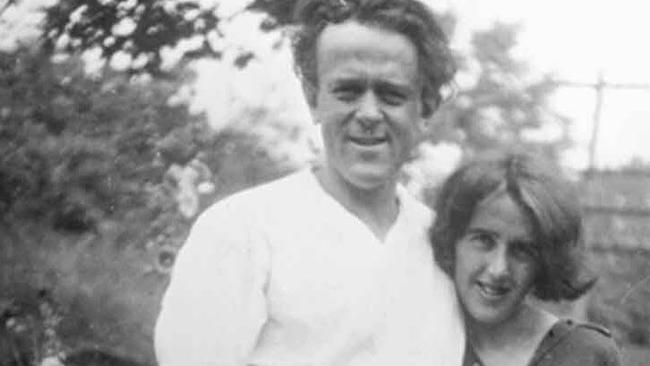
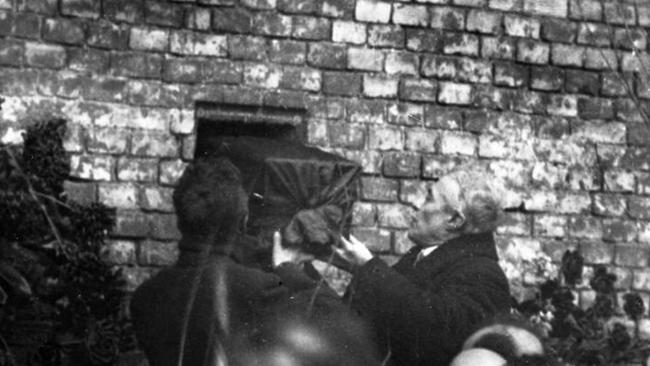
On a visit to his mother in Portland in 1915 Reed met Bryant, then married to a dentist. She moved with him to New York and in 1916 both performed in Eugene O’Neill’s play Bound East for Cardiff. When Reed left in June to have a kidney illness treated, Bryant had an affair with O’Neill. Reed apparently remained unaware, and in November 1916 married Bryant; his kidney was removed 11 days later.
In 1917 Steffens suggested Reed go to Russia. Reed arranged for Bryant to accompany him.
In Petrograd for Vladimir Lenin’s return on October 20, 1917, Reed was an enthusiastic supporter of Bolshevik plans for democracy, ending war with Germany, and ending private land ownership, to divide it among peasants.
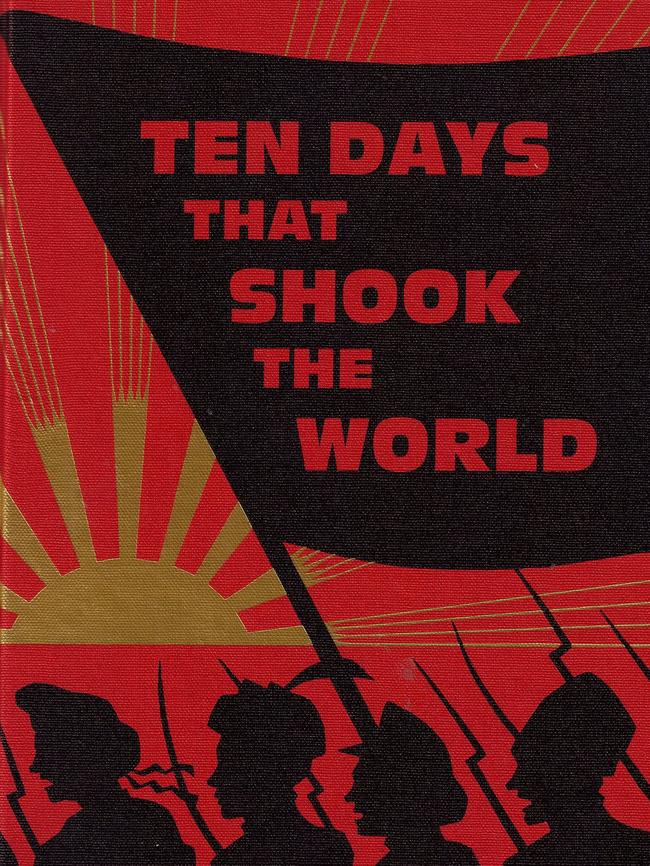
Reuniting with Russian Marxist emigres to America who had returned home, Reed had a network of English-speaking contacts as he covered Bolshevik meetings.
On November 7, 1917, he joined Red Guards as they rushed across Palace Square and stormed the Winter Palace, ending provisional government. He worked for the Bolsheviks for several months before returning to the US. Although arrested, by 1919 he had completed Ten Days That Shook The World, then returned to Russia where he died of typhus on October 17, 1920. He was buried in the Kremlin.
Originally published as John Reed’s story of a lifetime ended with Kremlin burial


